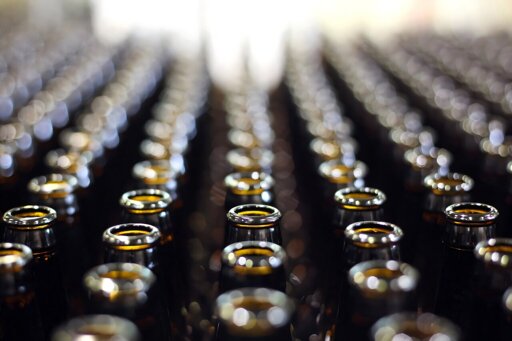The researchers found an average of around 100 microplastic particles per liter in glass bottles of soft drinks, lemonade, iced tea and beer. That was five to 50 times higher than the rate detected in plastic bottles or metal cans.
“We expected the opposite result,” Ph.D. student Iseline Chaib, who conducted the research, told AFP.
“We then noticed that in the glass, the particles emerging from the samples were the same shape, color and polymer composition—so therefore the same plastic—as the paint on the outside of the caps that seal the glass bottles,” she said.
The paint on the caps also had “tiny scratches, invisible to the naked eye, probably due to friction between the caps when there were stored,” the agency said in a statement.
This could then “release particles onto the surface of the caps,” it added.



So nothing coupled to the glass but rather the cap having a extra plastic layer on the wet side.
Sounds like we found the issue, now it’s just a matter of producers improving the caps
Only if it doesn’t cut it to record profits
Nah ill just spend $50 to have a Congress member introduce a bill to make regulating microplastics illegal